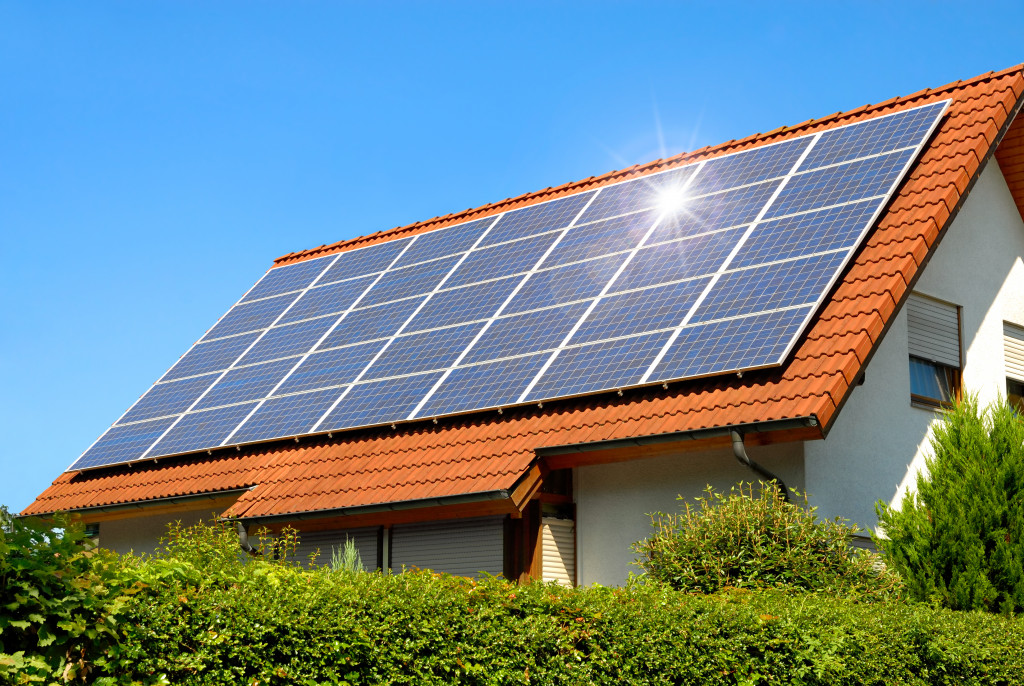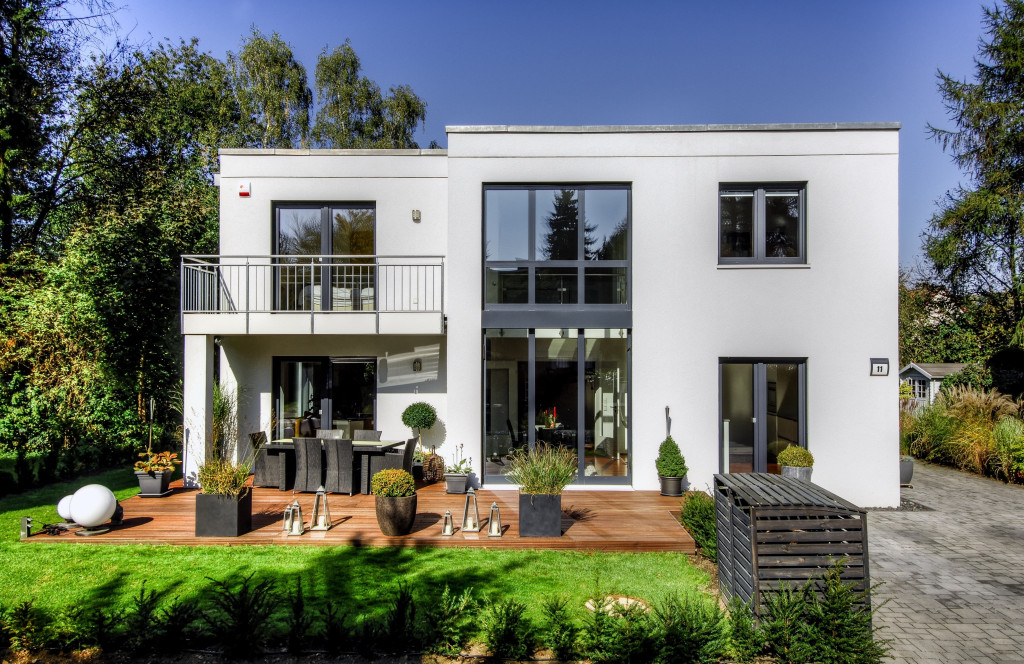House remodeling and renovation are two terms that are commonly used, sometimes interchangeably, when one wants to embark on a home project. However, they have different meanings. Renovation is quite synonymous with restoration. This means that when you do house renovations, you are restoring your home, or a part of it, to a previous condition. On the other hand, remodeling means remaking or altering the structure of your home completely.
For people who want to shift to eco-friendly living, this may mean that they must remodel parts of their home rather than just merely renovating it to fit an eco-friendly lifestyle. One popular misconception about green homes is they are more expensive. This can be both true and false. The initial costs can indeed be more expensive than traditional home construction supplies. However, green homes are made with sustainability and energy efficiency in mind. This means that owners can expect to cut back on costs in the long run, especially utility bills.
Planning to remodel into an eco-friendly home? Here are some ideas you can explore:
Solar Panels
Solar panels are a go-to for people new to sustainable living. These panels harness the renewable energy of the sun, which can power up your house even on cloudy or rainy days. After installation, you can take advantage of the sun’s energy at completely no cost, thereby instantly saving costs on energy consumption.

Solar panels are best if you live in sunny areas where there is plenty of sunlight since you can generate more energy than you consume. Additionally, solar panels have a lifespan of 25 to 30 years, making them a cost-effective and durable eco-friendly home upgrade.
Reclaimed Lumber and Metal
Opting for a rustic or contemporary interior design for your home? Using reclaimed wood or metals for your home remodeling project can help you achieve this look for your flooring, furniture, and kitchen cabinetry. Used lumber has certain textures or patterns that are otherwise not found on new wood, making remodeled houses using reclaimed wood more appealing.
According to the Janka hardness scale, reclaimed lumber is also 40% sturdier than virgin wood because they come from old trees instead of young first-generation forests. When you opt for used wood, you help decrease the demand for virgin wood and curb deforestation.
Low-flow Kitchen and Bathroom Fixtures
Since green homes and eco-friendly living are aimed at sustainable living and efficient energy consumption, using low-flow plumbing materials is another way to achieve this. Low-flow materials are plumbing fixtures that utilize less water. These fixtures reduce water consumption by up to 20% and save you up to $170 on water bills annually. Traditional toilets release around six gallons of water per flush (GPF), whereas low-flow toilets only consume 1.5 GPF.
Green Insulation Option
When selecting an insulating material for your home, energy costs should also be your priority. Insulation is essential, especially in keeping the hot air inside your home during winter and hot air outside during summer. This is important because HVAC systems consume a considerable amount of energy annually.
There are many alternative or eco-friendly insulation options you can explore, such as hemp, sheep’s wool, or even cork. Insulation made up of cork can also soundproof your home to a certain extent. Cork insulation is environment-friendly, as well as fire-resistant. It can withstand fire and burn damage for about 60 to 90 minutes. Moreover, insulation made up of cork is impermeable to water or other liquids, which means that there won’t be moisture or mold buildup.
Low or No VOC Paint
VOC, or volatile organic compounds, are what you usually smell from new paint. It is a foul-smelling and toxic substance that can entail several health risks, from headaches and nausea to liver and kidney damage. This is why many paint companies started manufacturing low or no VOC paint. These types of paint have reduced amounts of harmful compounds and do not give off strong, bad odors.
It may be hard to find completely chemical-free products. However, low and no VOCs are comparably better than traditional paint, containing a huge amount of toxic substance.
Upgrade Your Appliances
Switching to a green home can be quite expensive, and not everyone may have the budget to kick-off a home remodeling project. However, you can start small by looking at your home appliances and how much energy they consume. If you are cash-strapped, focus on the appliances that are most frequently used.
When buying new appliances, make sure they bear the ENERGY STAR rating. This ensures that the new appliances you buy are energy-efficient compared to traditional, non-rated appliances.
There are many advantages in remodeling your home into a green one. Aside from reduced energy consumption and utility bills, you can also positively impact the world.






